The Utility Marker Market is currently characterized by a dynamic competitive landscape, driven by innovation, sustainability, and strategic partnerships. Key players such as 3M (US), Avery Dennison Corporation (US), and Caterpillar Inc. (US) are at the forefront, each adopting distinct strategies to enhance their market positioning. 3M (US) emphasizes innovation in product development, focusing on eco-friendly materials and advanced marking technologies. Avery Dennison Corporation (US) leverages its extensive distribution network to expand its global reach, while Caterpillar Inc. (US) integrates its utility markers into broader equipment solutions, enhancing customer value through bundled offerings. Collectively, these strategies contribute to a competitive environment that is increasingly focused on technological advancement and customer-centric solutions.
In terms of business tactics, companies are increasingly localizing manufacturing to reduce lead times and optimize supply chains. This approach not only enhances operational efficiency but also allows for greater responsiveness to regional market demands. The competitive structure of the Utility Marker Market appears moderately fragmented, with several key players exerting influence while also facing competition from smaller, specialized firms. This fragmentation fosters innovation as companies strive to differentiate their offerings in a crowded marketplace.
In August 2025, 3M (US) announced the launch of a new line of biodegradable utility markers, reflecting a strategic pivot towards sustainability. This initiative not only aligns with global environmental trends but also positions 3M (US) as a leader in eco-conscious product development. The introduction of biodegradable options may attract environmentally aware consumers and businesses, potentially increasing market share in a growing segment.
In September 2025, Avery Dennison Corporation (US) expanded its partnership with a leading logistics firm to enhance its supply chain capabilities. This strategic move is likely to improve delivery times and reduce costs, thereby increasing customer satisfaction. By optimizing its logistics, Avery Dennison Corporation (US) can better serve its global customer base, reinforcing its competitive edge in the Utility Marker Market.
In October 2025, Caterpillar Inc. (US) unveiled a new integrated marking solution that combines utility markers with advanced tracking technology. This innovation not only enhances the functionality of their products but also aligns with the increasing demand for smart solutions in the utility sector. By integrating technology into their offerings, Caterpillar Inc. (US) is likely to attract a tech-savvy customer base, further solidifying its market position.
As of October 2025, the Utility Marker Market is witnessing trends such as digitalization, sustainability, and the integration of artificial intelligence. These trends are reshaping competitive dynamics, with companies increasingly forming strategic alliances to enhance their technological capabilities and market reach. The shift from price-based competition to a focus on innovation and supply chain reliability is evident, suggesting that future competitive differentiation will hinge on the ability to deliver advanced, sustainable solutions that meet evolving customer needs.

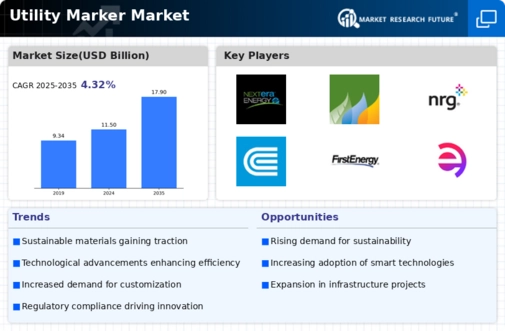
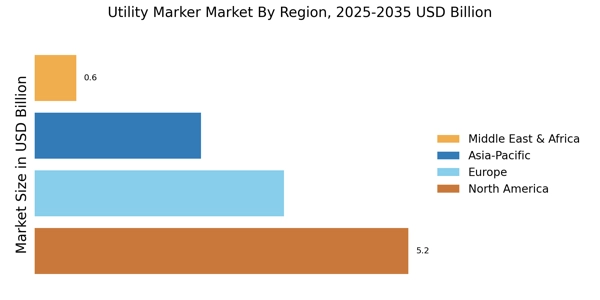

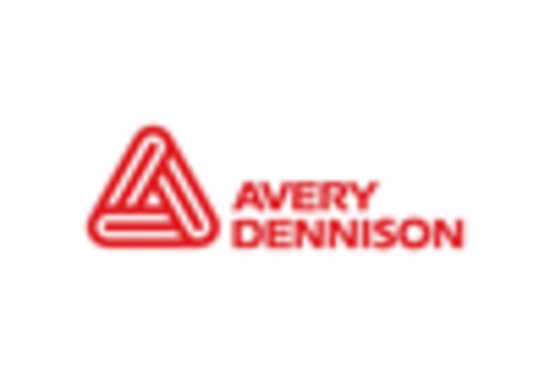
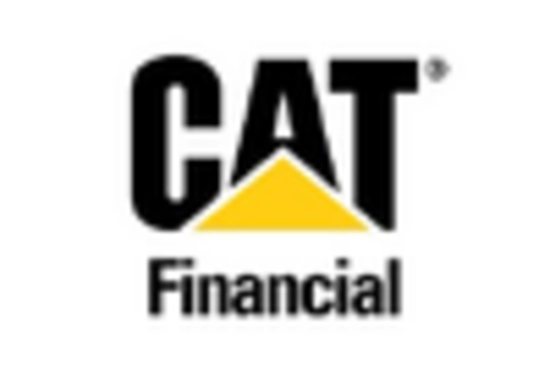
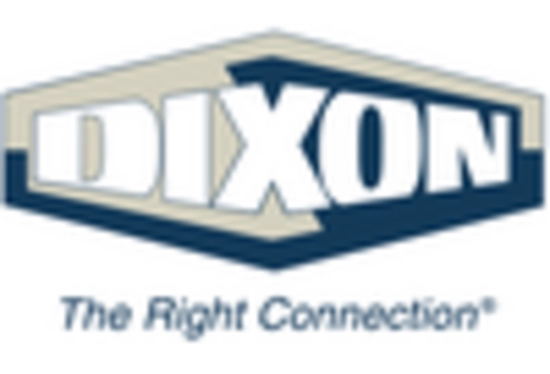










Leave a Comment